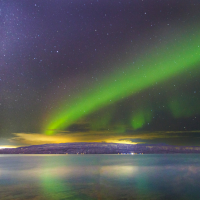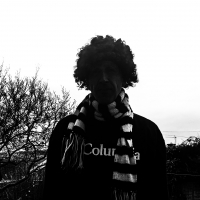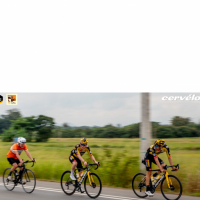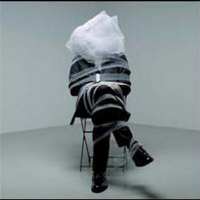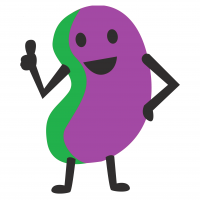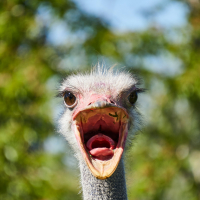TDF 2020 - Stage 13: Châtel-Guyon - Pas de Peyrol (Le Puy Mary) 191.5km *Spoilers*

The journey through the Massif Central will for the first time finish at Puy Mary and will feature the biggest elevation gain of the 2020 Tour with a total of almost 4,500 metres of climbing. Before taking on the final climb, the riders will have to deal with the Col de Ceyssat and the Col de Neronne. The favorites will need to be at their very best.

The riders traverse deep into the mountainous heart of the Massif Central. Amounting to 191 kilometres, the race leads from Châtel-Guyon to a summit finish on Puy Mary.
Riders who like to race on flat roads have to savour the first 5 kilometres, as the rest of the route goes either up or down.

The first proper uphill test takes the shape of the Col de Ceyssat, an ascent of 11.8 kilometres at 5.9% with its crest after 35.5 kilometres.
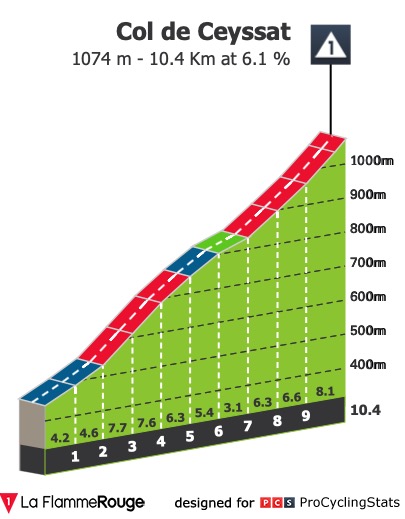
The route continues on hilly terrain for the rest of the day. Sometimes the uphills are awarded with a KOM-classification, sometimes not.
The Côte de la Stèle is 7.1 kilometres long and the average gradient sits at 5.5%. The summit is crested at kilometre 85 before the race continues in similar fashion.
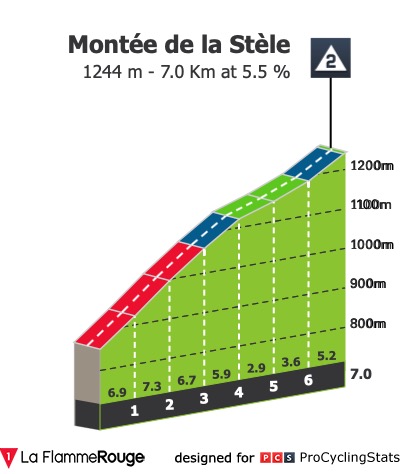
The last 15 kilometres are even more challenging.
Firstly, the 3.8 kilometres uphill on the Col de Neronne. The average gradient of 9.1% features quite some double digit stretches. The riders reach the summit – where 8, 5 and 2 bonus seconds are to be gained.
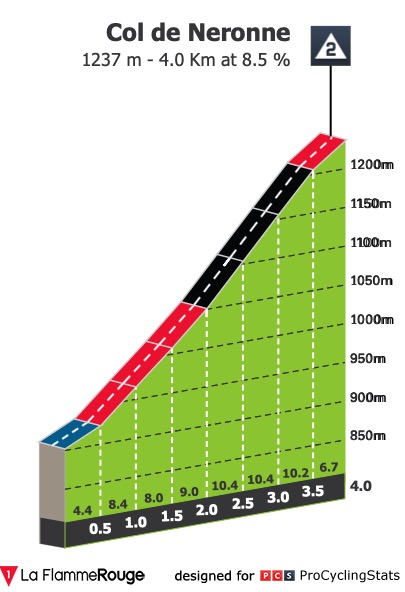
They continue onto a plateau of 4 kilometres long before a 2 kilometres drop down to the foot of the final haul up. Depending on where the start is taken from, the Puy Mary – or, Pas de Peyrol – is a climb of 5.4 kilometres at 8.1% with the last 2.4 kilometres double digit material. The Puy Mary is an extinct volcano of roughly 6.5 millions years old, surrounded by even more extinct volcanoes of the Auvergne region. The finish lies at an elevation of 1,589 metres.


One would expect the hardest race on the Tour France to be played out in the Pyrenees or Alps. But no. Stage 13 takes in an altitude gain of over 4,400 metres, which is more than any other stage this year.
The course is an open invitation for GC riders to test their rivals. So, clash of GC riders is on the cards, but it remains to be seen if they will battle it out for the stage win or merely to put time into each other.
This stage should also see the serious contenders for the polka dot jersey come out to play, possibly for the first time, as the terrain is so favourable towards the breakaway.
Favourites 13th stage 2020 Tour de France
*** Primoz Roglic, Egan Bernal, Tadej Pogacar
** Mikel Landa, Bauke Mollema, Romain Bardet, Nairo Quintana, Julian Alaphilippe
* Thibaut Pinot, Dan Martin, Daniel Felipe Martínez, Guillame Martin
Châtel-Guyon
No previous stage
Population: 6,500
A spa town with character, Châtel-Guyon is located in the foothills of the Chain of the Puys, listed in 2018 as a UNESCO World Heritage Site. Formerly a winegrower's town, hydrotherapy only changed the city's destiny in the 19th century. Indeed the exceptional waters of Châtel-Guyon have the virtues necessary to combat digestive and rheumatological disorders.
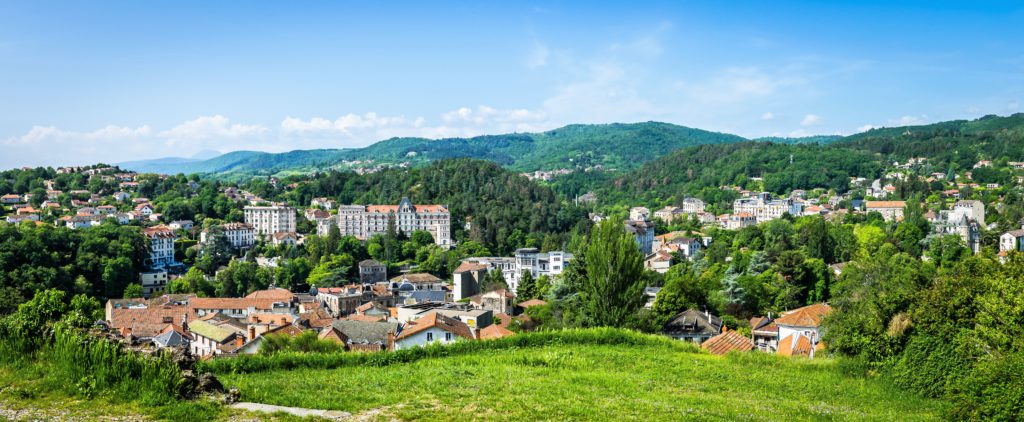
The charming spa town of Chatel-Guyon already attracted the attention of cycling fans on Paris-Nice. The Race to the Sun came here twice, for a start in 2013 and for the finish of a stage won by Frenchman Jonathan Hivert in 2018. In 2013, Paris-Nice had left for Brioude, where American Andrew Talansky had won in style before finishing second overall.
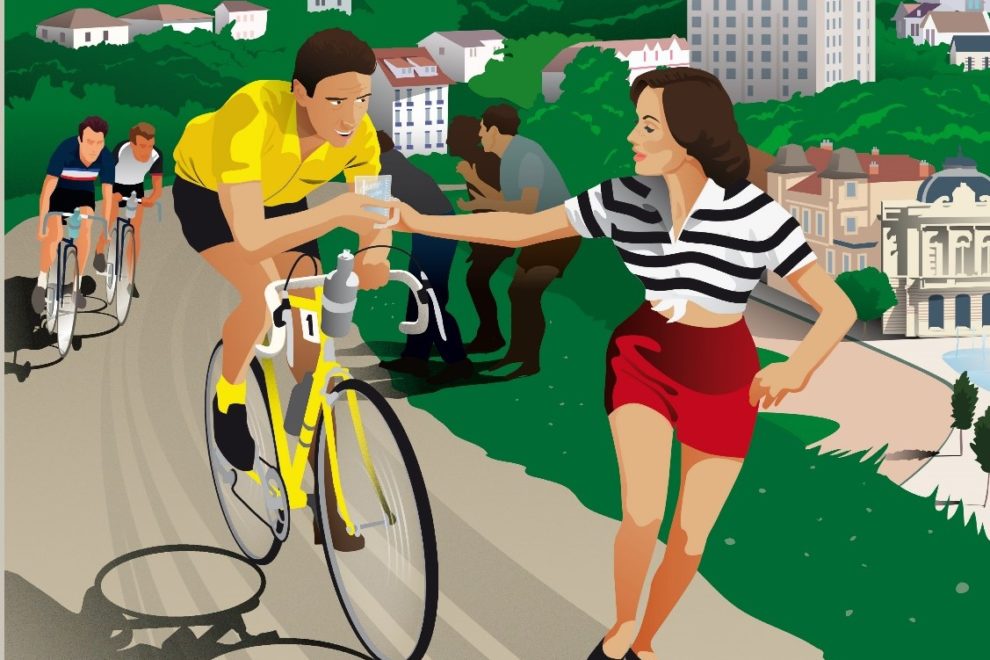
Puy Mary Cantal
No previous stage
Summit (1,783 m) of Massif central, in Cantal.
Seventy kilometers in diameter and 4,000 meters above sea level, it is the largest stratovolcano in Europe. Three million years after its eruptions ended, the crater has disappeared and seven glacial valleys which start in a star from Puy Mary formed the Cantal landscape.
The massif consists of a single volcano, unlike the neighboring Puy-de-Dôme chain which is a chain of 80 volcanoes. Of the Cantal volcano, there remains only a group of around sixty Puys (mountains), the highest peaking at 1,855m (Plomb du Cantal).
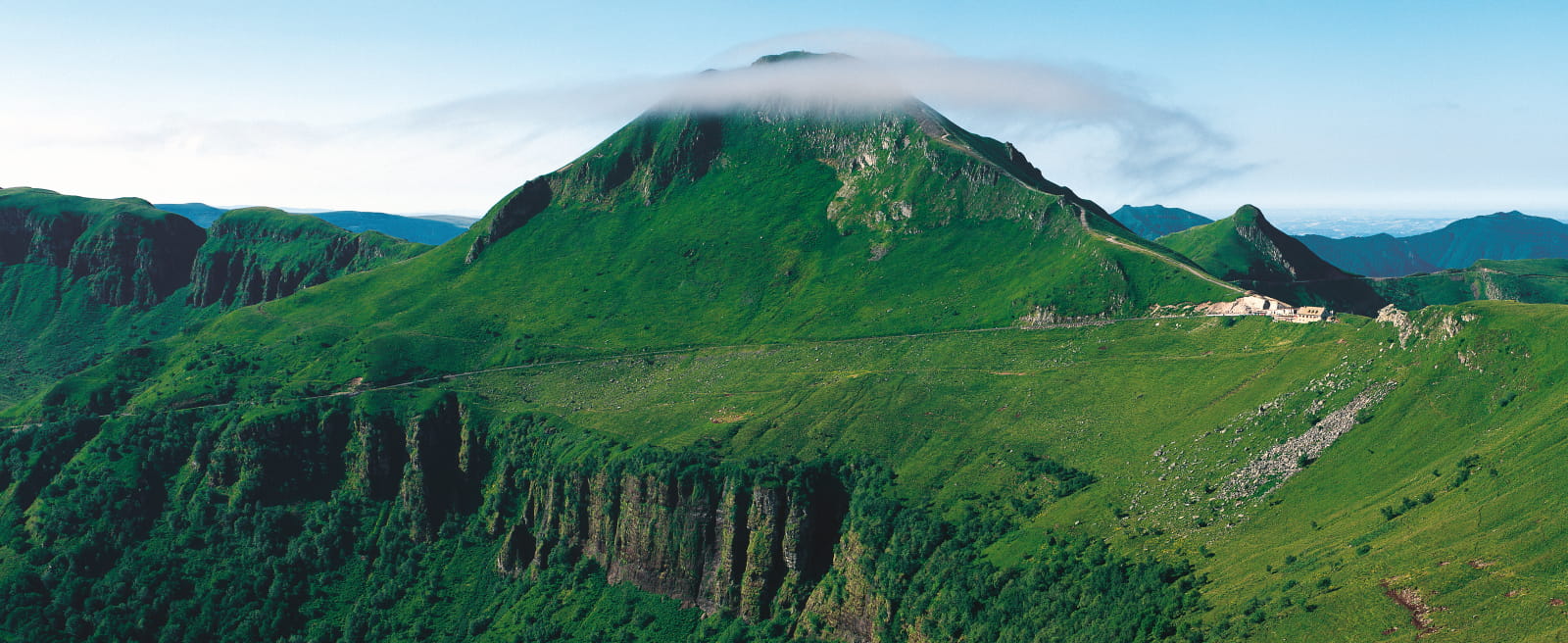
The Tour de France has already been ten times to the foot of Puy Mary by Pas de Peyrol, but it is the first time that a finish takes place at the very top. The most visited site in Auvergne is also, as a result, the most visited Massif Central summit by the Tour since the Puy de Dome is no longer accessible. The ascent of Pas de Peyrol, while it was only rated once as a first category climb saw the best climbers of their time reach the top in the lead: Federico Bahamontes (1963), Lucien Van Impe (1973 and 1983) and Richard Virenque (2004)
Specialties: truffade (truffle omelette), aligot (mash with cheese), choux farcis (stuffed cabbage), bourriol (black wheat pancake), salers meat, Auvergne cheese.


Comments
-
I've had this down as a potential big day for a while now. I can see someone attacking for the bonus seconds and then keeping it going for the final climb. I suspect there'll be fewer riders in touching distance at the end.0
-
What we want: all guns blazing, coming out swinging, dull your opponent's legs and rip them apart on the final climb.
What we'll get: a small breakaway and GC candidates eyeing each other up for 191km followed by a short sprint.
(hopefully that's put the reverse jinx on it ) 1
) 1 -
And so it continues.
Mid stage tomorrow.
6C above average and it's on the up.
"Science is a tool for cheaters". An anonymous French PE teacher.0 -
Drill it on the first climb then go long. Hoping Quintana finally delivers on his promise but you just know he will be cautious and wait it out.0
-
Lot of variables . A lot . Feeling Pogacar .
Loving these stage threads by BS"If I was a 38 year old man, I definitely wouldn't be riding a bright yellow bike with Hello Kitty disc wheels, put it that way. What we're witnessing here is the world's most high profile mid-life crisis" Afx237vi Mon Jul 20, 2009 2:43 pm0 -
Superb parcours design . Increases the tactical options for all ."If I was a 38 year old man, I definitely wouldn't be riding a bright yellow bike with Hello Kitty disc wheels, put it that way. What we're witnessing here is the world's most high profile mid-life crisis" Afx237vi Mon Jul 20, 2009 2:43 pm0
-
If Sagan/Bora want to win the green jersey this is the perfect stage for the Bora climbers to ride Bennett outside the time cut. However Bora were on the front most of today so I cannot see them having the energy to deliver on this.0
-
can see Sagan trying to get the intermediate sprint tomorrow. Too far in for Bennett to get it. Cant see him not making the time cut though.
Dream is a double from Sagan, but think the final climb will rule that out0 -
I think the last 2km averaging over 11% would probably rule Sagan out, yes.sherer said:can see Sagan trying to get the intermediate sprint tomorrow. Too far in for Bennett to get it. Cant see him not making the time cut though.
Dream is a double from Sagan, but think the final climb will rule that out0 -
Hadn't realised quite how vicious this stage was until looking at the profiles above. I knew it was hilly but hadn't appreciated how steep some of the gradients are. It feels like the Massif Central is underused by the Tour but they're making up for it this year. I associate it with a lot of medium mountains like the Vosges but this stage seems much more substantial.0
-
Puy Mary was the first climb where I ever walked a stretch (about 30 metres!
 .
.
I did a route which coincides with the last 40 kms of tomorrow's stage and my problem wasn't so much that it is briefly pretty steep (I'd guess where Blazing's profile shows 15%), but it was a Sunday afternoon and the last part of the ascent to Puy Mary (from both sides) was full of charabancs, either right on my tail or stuck on a couple of really sharp serpentine bends (and needing to do 5-6-7 point turns, so completely blocking the road in all directions).
Tomorrow there might be a breakaway beforehand. But unless one of the break feels good enough still for Puy Mary on their own, I think on Neronne will be where the different GC teams attack, to see if one of theirs can gain a slight advantage which they can hold to during the final Puy Mary climb.0 -
I could see QS making it hard enough early on to make sure Sagan doesn't get to the intermediate if it's a given that Bennett won't anyway.[Castle Donington Ladies FC - going up in '22]0
-
I agree, the Massif Central is very underused, surprisingly since the cycosportive Ardechoise is so popular, albeit that only at its SE corner.Pross said:Hadn't realised quite how vicious this stage was until looking at the profiles above. I knew it was hilly but hadn't appreciated how steep some of the gradients are. It feels like the Massif Central is underused by the Tour but they're making up for it this year. I associate it with a lot of medium mountains like the Vosges but this stage seems much more substantial.
0 -
I think ineos will finally give us a glimpse of what they've got today although I think looking at the countries health situation I fear whoever is in yellow after today will win the race. I pray they will let it continue as its a real bit of joy and normalcy but the government meets today to address the rapidly rising case load.Burning Fat Not Rubber
Scott CR1
Genesis IO ID
Moda Canon0 -
I think it could be carnage at the start, especially if Ineos are determined to get a rider in the break and J-V are determined to prevent them from doing so as happened on stage 9. I'd also expect riders 2 to 4 minutes down on GC to try and infiltrate the break. It could all add up to a fast stage. There's definitely potential for a fairly big bunch of riders arriving outside the time limit.
0 -
The break will go on the first cat climb and should include the real KoM contenders.
A flat out 10kms at 6% should shred the peloton to pieces.
Sagan will have his work cut out, but this is the hand he has been dealt."Science is a tool for cheaters". An anonymous French PE teacher.0 -
Just had to google charabanc0
-
-
Touring in that area in the 2000s and it cracked my companion . A major meltdown. ' it's too hot, it's relentless and i'm going home ' He left his bike in a bike shop and never went back 😁. It's a different kind of toughness1
-
I'm amazed he is still trying.blazing_saddles said:The break will go on the first cat climb and should include the real KoM contenders.
A flat out 10kms at 6% should shred the peloton to pieces.
Sagan will have his work cut out, but this is the hand he has been dealt.0 -
Is the finish today the same as the one they usually go over (the Pas de Peyrol) or have they stuck an extra bit on the end?0
-
Interesting the route goes right by Puy de Dome - I still think that's a lost opportunity to market cyclo tourism but I may be biased. Such a lovely area anyone that hasn't visited really should - although don't do what I did and leave your wallet on top of the car and drive off at a petrol station in Clermont Ferrand .[Castle Donington Ladies FC - going up in '22]0
-
I think I might make it my next camping destination in France. I suspect the wife would enjoy it too. I've been further south to the Ardeche and, much as I've enjoyed the Loire, Brittany and the Dordogne, that it the part I liked the most.DeVlaeminck said:Interesting the route goes right by Puy de Dome - I still think that's a lost opportunity to market cyclo tourism but I may be biased. Such a lovely area anyone that hasn't visited really should - although don't do what I did and leave your wallet on top of the car and drive off at a petrol station in Clermont Ferrand .
1 -
They do seem to be few and far between for some reason. The often doesn't seem to be a huge jump between a tough 3rd cat and 'easy' 1st cat.rick_chasey said:Ooo a rare two sightings of a second cat.
0 -
Feels like I ought to expose my ignorance and join in with the prediction game, so Quintana to attack early on the final climb. You heard it here first, and nowhere else ever again afterwards.0
-
Thought Puy de Dome was now off limits as a summit finish? Can't remember where I saw it though, so hopefully someone else can confirm / deny.DeVlaeminck said:Interesting the route goes right by Puy de Dome - I still think that's a lost opportunity to market cyclo tourism but I may be biased. Such a lovely area anyone that hasn't visited really should - although don't do what I did and leave your wallet on top of the car and drive off at a petrol station in Clermont Ferrand .
0 -
In the OP.Lanterne_Rogue said:
Thought Puy de Dome was now off limits as a summit finish? Can't remember where I saw it though, so hopefully someone else can confirm / deny.DeVlaeminck said:Interesting the route goes right by Puy de Dome - I still think that's a lost opportunity to market cyclo tourism but I may be biased. Such a lovely area anyone that hasn't visited really should - although don't do what I did and leave your wallet on top of the car and drive off at a petrol station in Clermont Ferrand .
"The most visited site in Auvergne is also, as a result, the most visited Massif Central summit by the Tour since the Puy de Dome is no longer accessible."The above may be fact, or fiction, I may be serious, I may be jesting.
I am not sure. You have no chance.Veronese68 wrote:PB is the most sensible person on here.1 -
Yes they built a tourist railway up Puy de Dome narrowing the road to a single lane and as there is only one way up it'd be dangerous to have cyclists riding up and down. It's still a nice place to visit - I walked up and the family took the train. I believe there are 1-2 days a year you can pre book to ride up it.
Edit when I said a lost chance to market cyclo tourism I meant them building the railway rather than this stage not climbing it[Castle Donington Ladies FC - going up in '22]0
